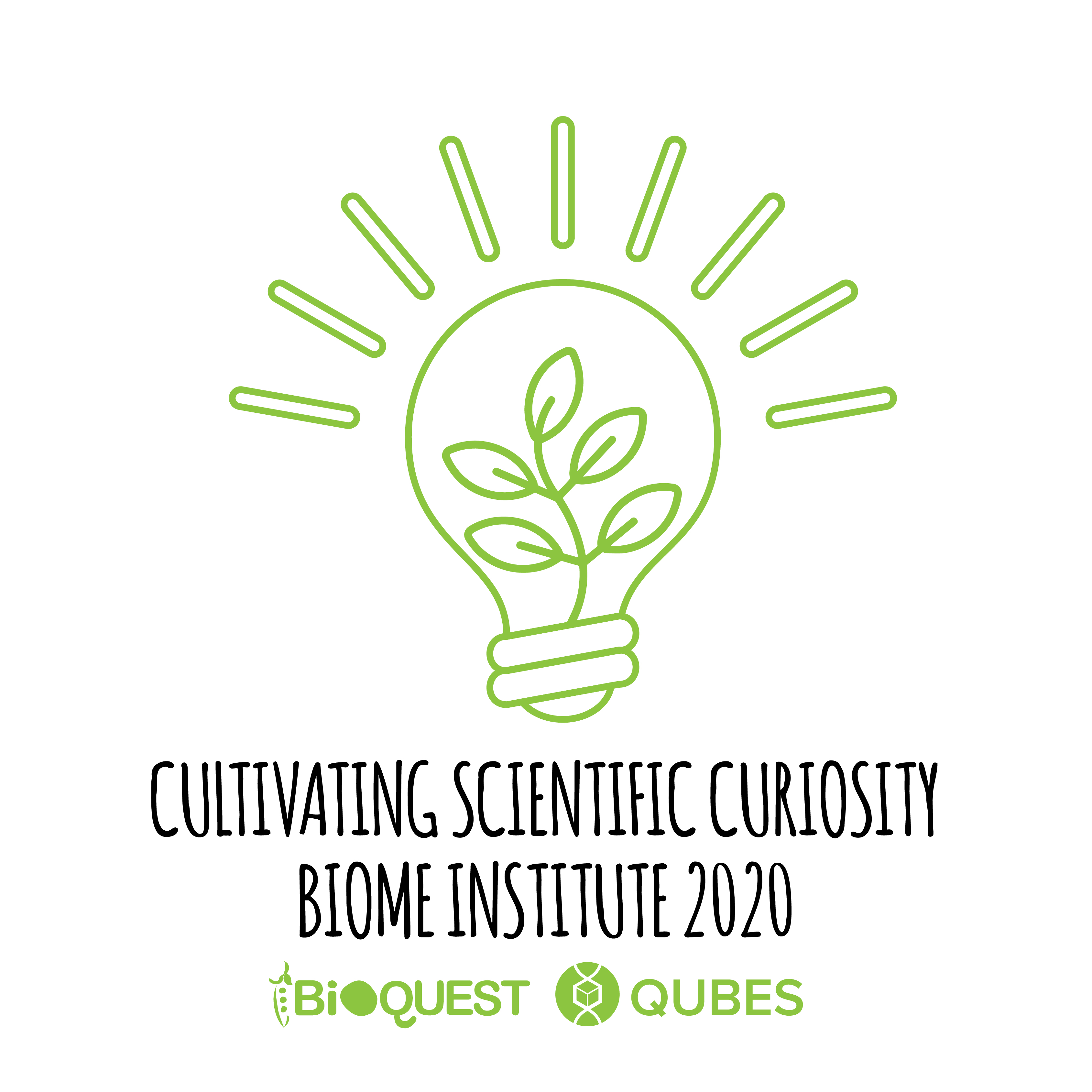The Network for Integrating Bioinformatics into Life Sciences Education (NIBLSE): Barriers to Integration
Author(s): Anne Rosenwald1, Elizabeth Dinsdale2, William Morgan3, Mark A. Pauley4, William Tapprich5, Eric Triplett6, Jason Williams7
1. Georgetown University 2. San Diego State University 3. The College of Wooster 4. University of Nebraska at Omaha 5. University of Nebraska-Omaha 6. University of Florida 7. Cold Spring Harbor Laboratory
1017 total view(s), 219 download(s)
Description
The Network for Integrating Bioinformatics into Life Sciences Education (NIBLSE) seeks to promote the use of bioinformatics and data science as a way to teach biology. Just as molecular biology revolutionized the way faculty and students viewed biology in the 1980s, we believe a similar revolution with respect to bioinformatics is due. Thus far, the network has contributed two significant publications bioinformatics education literature, one detailing a set of bioinformatics core competencies for undergraduate biologists (Wilson Sayres et al., 2018, PLoS One, https://doi.org/10.1371/journal.pone.0196878), and a second documenting barriers to integrating bioinformatics into life sciences education (Williams et al., 2019, PLoS One https://doi.org/10.1371/journal.pone.0224288).
This is a part of the Genomics Education Alliance Posters & Beyond materials for the BIOME Institute.
Cite this work
Researchers should cite this work as follows:
- Rosenwald, A., Dinsdale, E., Morgan, W., Pauley, M. A., Tapprich, W., Triplett, E., Williams, J. (2020). The Network for Integrating Bioinformatics into Life Sciences Education (NIBLSE): Barriers to Integration. Cultivating Scientific Curiosity, QUBES Educational Resources. doi:10.25334/NHB4-X766
